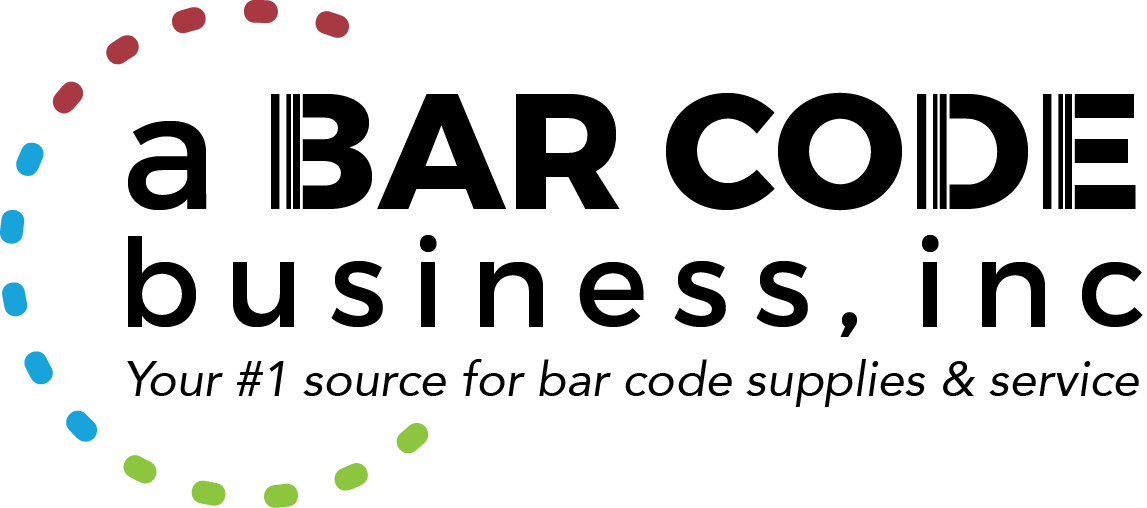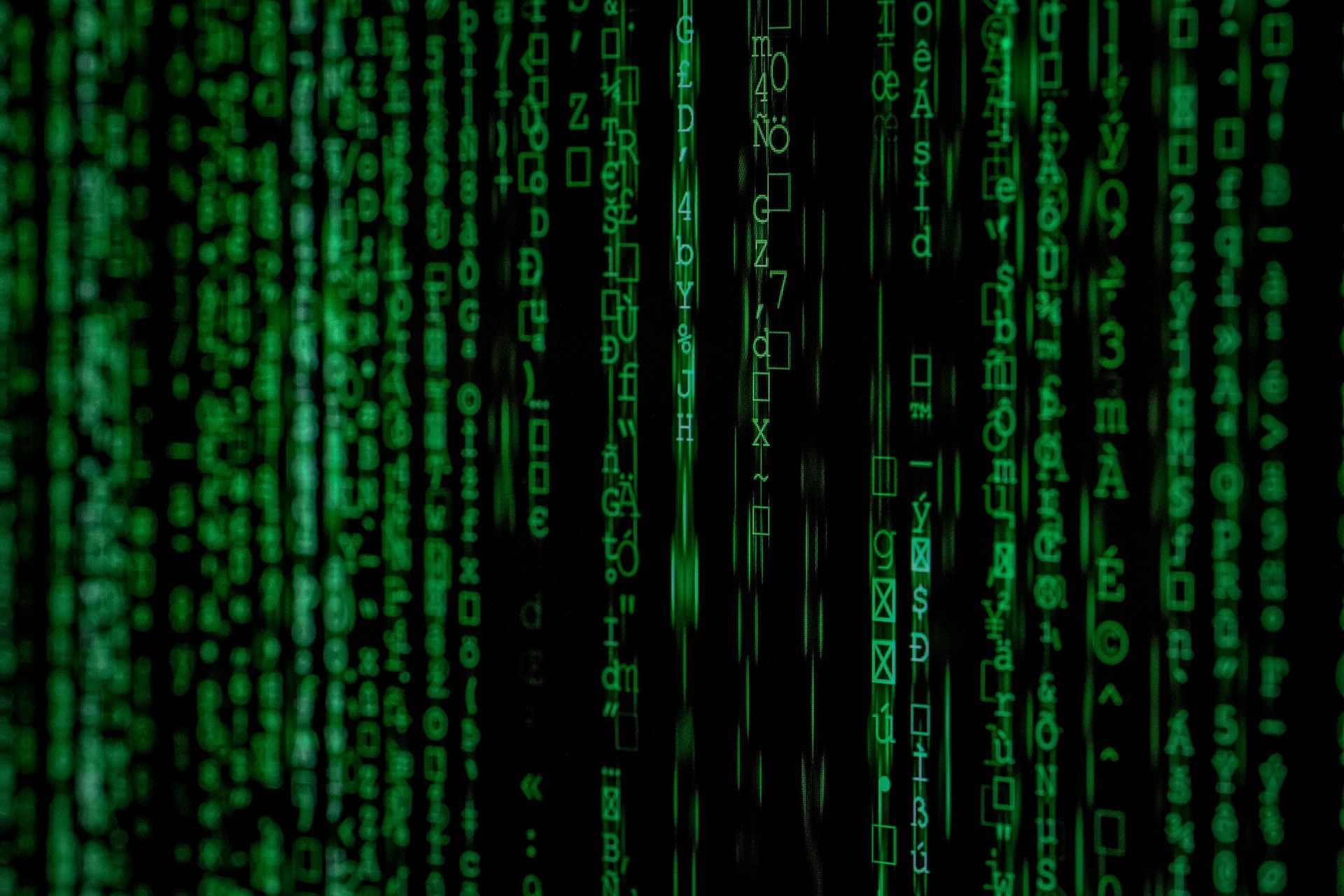Bar Code Symbologies (types)
Bar code symbologies differ in the amount of data that can be encoded.
Some symbologies (such as UPC) are fixed in length; other symbologies can encode truly variable data. Some bar code symbologies also contain various characteristics to minimize errors, such as self-checking characters, start and stop characters, check digits and error correction characters.
List of Services
-
UPCList Item 1
- Incorporates numeric characters only
- 2 versions of Code:
- Version A – 12 digits
- Version E – 7 digits (also known as “zero suppressed version,” suited for use on small product packages)
- Check digit incorporated into code
- Allows bidirectional scanning
- Bar code size required (including quiet zone) for UPC Version A at 100% magnification is 1.5″ wide by 1″ high
- Two EAN (European Article Numbering) versions used in Europe
- Version EAN-13 – 13 digits
- Version EAN-8 – 8 digits
- Applications primarily include retail and packaging
- Quiet Zone is 10 times the x dimension or 1/4″ on each end of the barcode.
UPC symbols are decoded as a twelve-digit number, representing the following:
- Digit 1 = number system (as established by the Uniform Code Council (UCC).
- Digits 2-9 manufacturer’s identification (also includes digit one)
- Digits 7-11 unique product code identification (manufacturers often use SKUs for these digits)
- Digit 12 = check character (used for error detection)
- Zero suppressed UPCs decode as twelve-digit numbers, but only 7 digits appear in human-readable form
-
Code 3 of 9 (Code 301):List Item 2
- Incorporates alphanumeric characters (the first alphanumeric symbology ever developed)
- Code can be of variable length
- Allows for bidirectional scanning
- Use of full ASCII character set allowed a Check digit is optional
- Code density approximately 3 to 9.4 characters per inch
- Quiet zone is 1 0 times the width of the narrowest bar
- Applications include LOGMARS (Dept. of Defense), AIAG (automotive) and general industry
The Code 39 bar code is a variable length, bidirectional, discrete, self-checking, alphanumeric symbol. Its standard data character set contains 43 characters: 0-9; A-Z; -.$/+%, and space. An asterisk is used exclusively for both Start and Stop characters, and must be included in every symbol. Code 89’s flexibility to encode alpha and numeric characters has contributed to its widespread use.
-
Code 128:List Item 3
Incorporates high-density, alphanumeric characters
- Code can be of variable length
- Allows bidirectional scanning
- Check digits included in every symbol
- Symbology incorporates three different character sets: A, B, and C
- Encodes the full 128 character ASCII set using the A, B, or C character sets
- Applications include general industrial, inventory control, retail container marking and retail distribution
Each Code 128 symbol contains data framed by a start symbol, check digit, and a stop symbol. The start pattern selects the initial character set (A, B, or C), and the data portion can be of arbitrary length. Any character on a CRT keyboard (including control characters) can be encoded, thus giving users more versatility than other industrial bar codes.
-
Interleaved 2-of-5 (I2 of 5):List Item 4
- Incorporates high-density, numeric characters only
- Code is of variable length 001234567890
- Code consists of digit pairs, the first digit of each pair is encoded in the bars, the second in the spaces.
- (Number of encoded characters must be even; leading zeroes are added to odd-length data messages.
- Allows for bidirectional scanning. Quiet zone is 10 times the width of the narrow bar
- Applications include distribution, warehousing, product/container identification, general industry and automotive.
- Partial scans (i.e., scanning path does not include both quiet zones) have a high probability of decoding as valid but shorter information due to the simple nature of the code’s start and stop patterns.
- Best used in fixed-length applications due to partial scan problems
- Bearer Bars (horizontal bars across top and bottom of all bars in code) can help eliminate partial scan errors
- Highest density conventional bar code symbology available for numeric messages of less than 10 digits
I2-of-5 characters are interleaved together using the bars to represent data characters occupying the odd positions and spaces for the even positioning. Complete 12 of 5 symbols consist of the start code, the data characters, and the stop code, Check digit use is optional.
-
Codabar
- Incorporates numeric numbers, the $ + – characters, and Start/Stop codes which are lower case a, b, c or d
- Allows bidirectional scanning
- No check digit
- Applications include inventory control, libraries, blood banks, photofinishing and certain air parcel express applications
- Quiet zone is 10 times the width of the narrow bar
Codabar is a discrete, self-checking code, whose characters are constructed from four bars and three intervening spaces – a particularly large number of printed element widths. A complete Codabar symbol begins with one of the Stop/Start characters. Since any of the Stop/Start characters may be used on either end of the symbol, four different types of information may be encoded in these characters.
-
PDF417 (The Gettysburg Address):
- Multi-row symbology
- High data capacity – acts as a portable data file to provide low-cost access to large amounts of information without the need to link to an external database
- Applications include hospitals/patient identification, drivers’ licenses, materials handling, bills of lading and freight tracking
- Quiet zone required above and below the symbol, as well as at the two ends
- Optional error correction characters available to ensure proper decoding, even if parts of the symbol are damaged
PDF417, introduced by Symbol Technologies in 1990, is a multi-row, continuous, variable length symbology which has high data capacity, Every symbol has between 3 and 90 rows” each row contains a start pattern, a left row indicator, a right row indicator and a stop pattern. The character sets used by PDF417 include all 128 ASCII and all 128 extended ASCII characters, 8-bit binary data, and up to 811,800 different interpretations, with a maximum data capacity of 1850 text characters. (Symbol Technologies for many years showed Abraham Lincoln’s entire Gettysburg address encoded in a one-inch by one-inch PDF417 bar code as an example of the symbol’s capacity, .)
More Information You May Like










